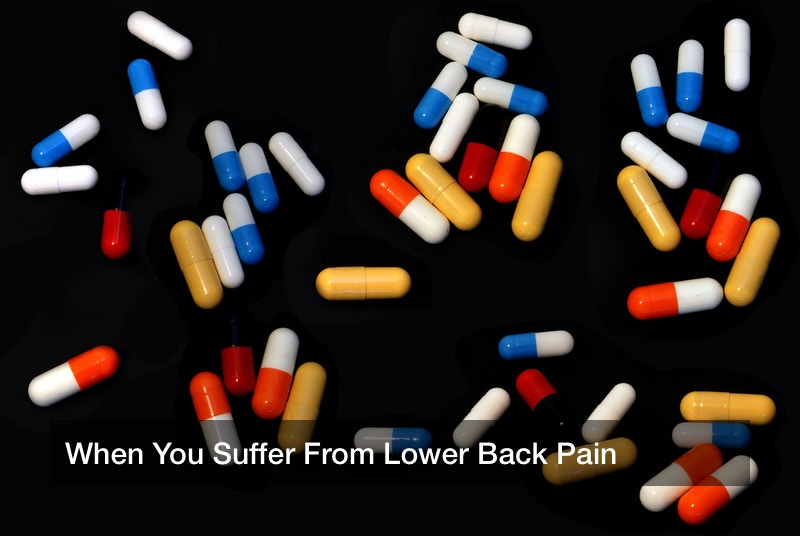
The human skeleton is unique in the animal kingdom, and it has some features that even our closest primate relatives do not have. Over millions of years, our primitive ancestors evolved for a lifetime of running and hunting game, and that means walking upright at all times. So, the human body is designed with an S-shaped spine, long leg bones, arched feet, and an upright pelvis. This gave our ancestors many advantages, though many years of walking upright and fighting gravity so acutely does take its toll. Even today, with modern technology and medicine, lower back pain is common around the world. It is, in fact, the leading type of physical disability. Fortunately, many cases of spine or back pain can be handled with non invasive medicine, such as rehab tools and systems at a hospital (range of motion data cameras, for example), and chiropracty. Using range of motion data and stretch tests can help a hospital patient recover, and chiropractic adjusting tools can also get the job done. Only the most serious spinal injuries actually call for surgery.
Common Causes of Back Pain
Many studies and surveys are done every year to track the current state of American public health, and this certainly includes keeping track of chronic back pain and spinal distress. What do the numbers show? Experts say that around 31 million Americans are experiencing back pain at any given time, and around 80% of the population will experience back issues at some point in their lives. One in three women and one in four men will experience it, and this is an especially common issue among the elderly. Around 27 million Americans are treated with a chiropractor every year, and this adds up to $14 billion or so in yearly revenue. Four in 10 Americans, in fact, will see a chiropractor even before they see their doctor, if they are experiencing back pain.
As for common causes, several major ones have been identified. Some surveyed Americans blame serious ongoing stress for their back pain, and pregnant woman may experience back issues during later stages of their pregnancy. What is more, years of hard manual labor is likely to wear out the back muscles and spine, and this makes chronic pain likely at some point. Suffering from physical trauma, such as a sports accident or an auto accident, is also liable to strain the back muscles or spine, and cause pain. Finally, simple old age is likely to cause back pain, since many years of fighting gravity wears out the spine and even causes it to collapsed somewhat. This will inflame the joints and reduce flexibility, and the person’s spine might even bend forward. All this can pinch nerves and strain or cramp muscles. It is clear why chronic pain is common among the elderly, but fortunately, someone of any age suffering from chronic pain can access non invasive medicine. Often, no surgery or pills are needed to clear up that pain and restore mobility.
Clearing Up Pain
Someone suffering from chronic back pain can visit their doctor and explain their problem, and then get referred to a chiropractor or a yoga expert. A chiropractor will use chiropractic adjustment tools and even their bare hands to readjust the patient’s bones and muscles, which can relieve pressure on distressed joints and muscles, not to mention eliminate pressure on nerves as well as restore the patient’s flexibility. All this can clear up the pain, no surgery needed. Similar results may come from private yoga sessions, where the patient will perform a variety of stretches and poses.
A hospital patient who needs physical therapy, or PT, may get access to all sorts of physical therapy equipment, such as range of motion data cameras and stretchy bands. The patient may move around and practice walking, and the range of motion data captured from cameras can help a therapist study the patient’s current status. Also, the patient can stretch out elastic bands, to show their current muscle strength, range of motion, and pain threshold. This is important for tracking the patient’s recovery and determining when they can be released from the hospital, fully recovered and pain free.
